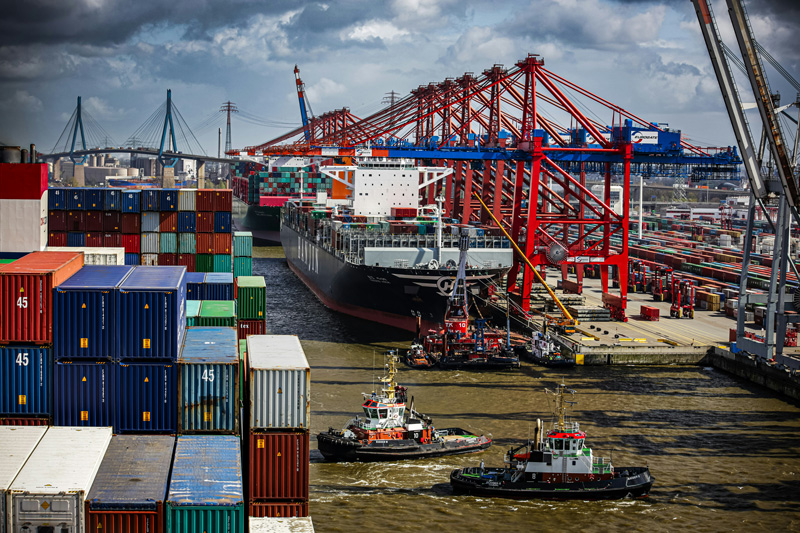As the summer season begins to wane, the international trade landscape enters a phase of transition, reflecting the myriad influences of geopolitical developments, economic policies, and global market demand. This news analysis reviews the key developments in international import and export activities during August and forecasts the trends anticipated for September.
Recap of August Trade Activities In August, international trade continued to demonstrate resilience amid ongoing challenges. Asia-Pacific regions maintained their vitality as global manufacturing hubs, with China's exports showing signs of recovery despite the ongoing trade tensions with the US. The electronics and pharmaceutical sectors were particularly buoyant, indicating a growing global appetite for technological products and healthcare commodities.

European economies, on the other hand, faced a mixed bag of results. While Germany's export machine remained robust in the automotive and machinery sectors, the UK's exit from the EU continued to cast uncertainty over trade negotiations and supply chain strategies. The currency fluctuations associated with these political developments also played a significant role in shaping export and import costs.
Meanwhile, North American markets saw a rise in cross-border e-commerce activities, suggesting that consumer behavior is increasingly leaning towards digital platforms for goods acquisition. The agri-food sector in countries like Canada and the US benefited from robust overseas demand, especially for grains and agricultural products sought after in Asia and the Middle East.
Trends Anticipated for September Looking ahead, September is expected to bring its own set of trade dynamics. As we move into the final quarter of the year, retailers worldwide are gearing up for the holiday season, which typically boosts consumer goods imports. Toy manufacturers in Asia are ramping up production to meet the Christmas demand in Western markets, while clothing brands are refreshing their inventory to attract shoppers with new seasonal collections.
However, the shadow of an impending flu season and the continuous battle against COVID-19 might lead to increased demand for medical supplies and hygiene products. Countries are likely to prioritize the import of PPE, ventilators, and pharmaceuticals to prepare for a possible second wave of the virus.
Furthermore, the upcoming round of US-China trade talks could significantly influence currency valuations and tariff policies, affecting import and export costs globally. The outcome of these discussions may either ease or escalate current trade tensions, with wide-reaching implications for international businesses.
In conclusion, the international trade environment remains fluid and responsive to global events. As we transition from the summer to the autumn season, businesses must navigate through a complex web of shifting consumer demands, health crises, and geopolitical uncertainties. By staying alert to these changes and adapting strategies accordingly, they can harness the winds of global trade to their advantage.
Post time: Aug-31-2024



